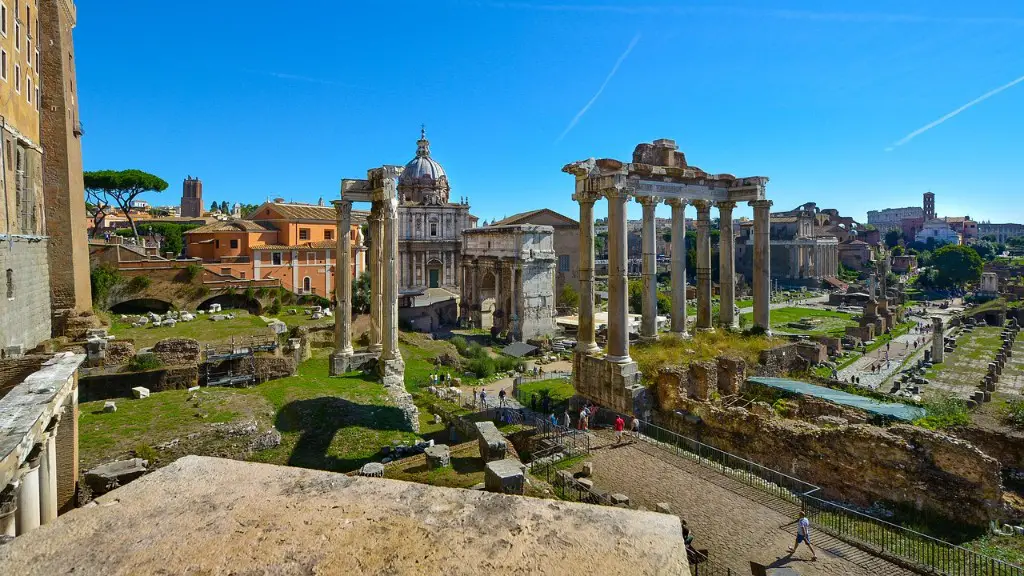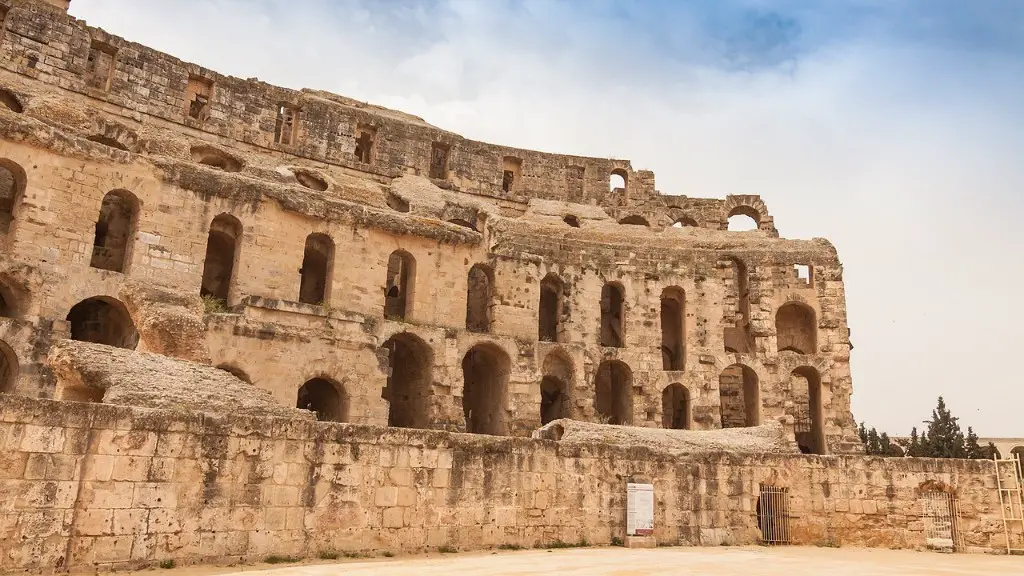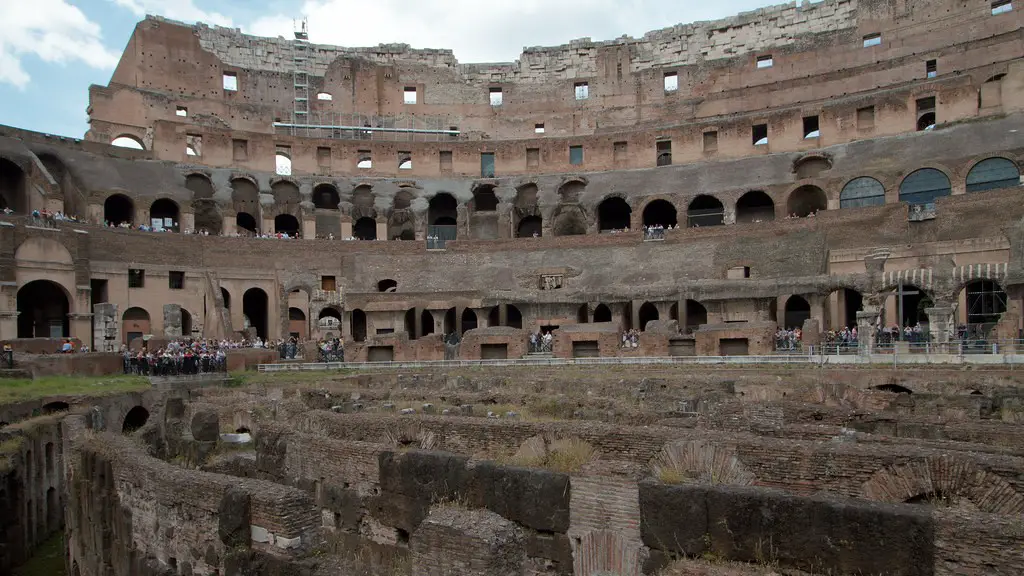How did slaves live in ancient Rome is a question that scholars have long debated. The answer is likely dependent on the specific time period and region under consideration. Broadly speaking, however, we can say that Roman slaves were typically owned by wealthy citizens and lived in households where they worked as domestics, agricultural workers, or artisans. Although their lives were certainly hard, some slaves did manage to gain their freedom and even become prosperous.
The ancient Romans practiced slavery from the time of the earliest societies in the region. Slaves were acquired through war, piracy, and debt, and were owned by individuals, families, and even the state. While the life of a slave was generally one of hard work and deprivation, some slaves did manage to gain their freedom, and a few even became wealthy and influential citizens.
How did ancient Roman slaves live?
These slaves had no chance of gaining freedom, other than escaping. They were consumer goods who worked till death.
The lives of slaves were often harsh. They were often whipped, branded or cruelly mistreated. Their owners could also kill them for any reason, and would face no punishment. Although Romans accepted slavery as the norm, some people – like the poet and philosopher, Seneca – argued that slaves should at least be treated fairly.
What did Romans do with female slaves
The ancient Roman slaves who had the hardest lives were those who were put to work in the mines. Women slaves would be used as hairdressers, dressmakers, cooks and servants for rich women. Other slaves worked in small workshops making leather or silver goods or pots and pans.
Roman slaves usually slept on a heap of straw with a blanket on top, either in the kitchen, the hallway, or in the attic. Attractive female slaves also had to submit to the sexual desires of their masters. Comfort did not have a high place in the life of a Roman slave.
What did Roman slaves do for fun?
The Gladiator fights were a popular form of entertainment in the Roman Empire. The games were seen as both a high and low art: lucky or successful gladiators could earn respect, admiration, money and social status through participating and winning. But many gladiators were also slaves, forced to compete and die for the entertainment of the people.
It is interesting to note that the large number of educated slaves in Roman society were trained in a variety of ways, from self-education to instruction in formally organized schools within the larger households. This shows that even in ancient times, there was a recognition of the importance of education, and a belief that everyone, regardless of social status, should have access to it.
What type of slaves were in Rome?
There were two main types of slaves during the Roman Empire: public and private. Public slaves were owned by the Roman government and might work on public building projects, for a government official, or in the emperor’s mines. Private slaves were owned by an individual and might work in that person’s home, business, or farm.
In ancient Rome, the rich and the poor lived very differently. The poor lived in the dirtiest, noisiest, most crowded parts of the city. Their houses were poorly constructed and they usually lacked heat, water, and kitchens. On the other hand, the rich lived in the best parts of the city and had much better houses. They also had access to better food, clothes, and education.
Did Roman slaves run away
Despite the risks, many slaves attempted to escape their bondage. Running away was less dangerous than rebellion, but it was still a hazardous enterprise. Slave-catchers apart, Roman law forbade the harbouring of fugitives, so slaves on the run were always in danger and if caught could be savagely punished. Some slaves, however, managed to evade capture and reach safety. Either they made their way to a city where they could lose themselves in the crowds, or they made for the open country and joined the ranks of the brigands who infested the roads.
A domestic slave typically had to wake up early in the morning to start the hypocaust, which was a system of heating used in ancient Roman homes. He would then clean the house, wash clothes, work in the kitchen to prepare meals, bathe and dress their master, and run other errands.
What clothes did Roman slaves wear?
As a Roman slave, you would generally be expected to wear a tunic. This was the standard form of clothing for everyone in Rome, regardless of their social status. Slaves were usually given tunics made from cheap materials and of lower quality than those worn by freemen. Despite this, you would still be required to wear your tunic at all times while in public.
A slave collar was a device forcibly worn by enslaved people in the Roman Republic. They were used to identify a person as a slave and to prevent escape, as well as to assist in identification of runaway slaves.
What age did Roman girls get married
The legal age for marriage was 12 for girls and 14 for boys during the Roman Empire. Most Roman women married in their late teens to early twenties. Noblewomen married at a younger age than those of the lower classes. An aristocratic girl was expected to be a virgin until her first marriage.
The core staples for slaves were low-quality bread and cheap wine, but was also supplemented by average fruits and vegetables, as well as soups, stews, and other hot meals. This diet was designed to be filling but not nutritious, as slaves were not considered to be worthy of eating quality food. This system of food rationing helped to keep slaves healthy enough to work, but also ensured that they remained under the control of their owners.
What nationality were Roman slaves?
The majority of Roman slaves were from Greece because of the numerous wars between the two countries and Roman victories. The first great influx of Greek slaves into Rome occurred after the defeat of the Macedonians at the battle of Pydna in 168 BC. More wars and conquests followed, resulting in more Greek slaves being brought to Rome. Many of these slaves were educated and talented, which made them valuable assets to their Roman owners. Over time, the number of Greek slaves in Rome decreased as the Romans began to source slaves from other areas of the world.
While women in ancient Rome could take on many different roles, they were largely excluded from public life. This meant that they didn’t have any say in how the government was run or what happened in their community. This was a time when men held all the power and women were seen as second-class citizens. However, there were some areas where women could exert some control, such as in the home or in the marketplace. But overall, women were largely powerless and their lives were controlled by the men in their lives.
Did Roman slaves have money
A slave who had enough money could buy his freedom and the freedom of a fellow slave, frequently a spouse. However, few slaves had enough money to do so, and many slaves were not allowed to hold money. Slaves were also freed through testamentary manumission, by a provision in an owner’s will at his death.
It’s hard to believe that, at one time, fathers had the legal right to inflict any punishment they saw fit on their children – even if it included beating or starving them. Thankfully, laws have changed and dads today are much more likely to show their kids some compassion.
Conclusion
The ancient Roman slaves were owned by the wealthy upper class citizens and lived in very poor conditions. They were made to do all the hard work around the houses and were sometimes even treated harshly.
Slaves in ancient Rome faced a difficult life of hard labor and servitude. They were often treated harshly, with little regard for their safety or well-being. Despite the challenges, some slaves were able to find ways to resist their condition and assert their humanity. Through their stories, we can catch a glimpse of the trials and tribulations that shaped the lives of slaves in ancient Rome.





